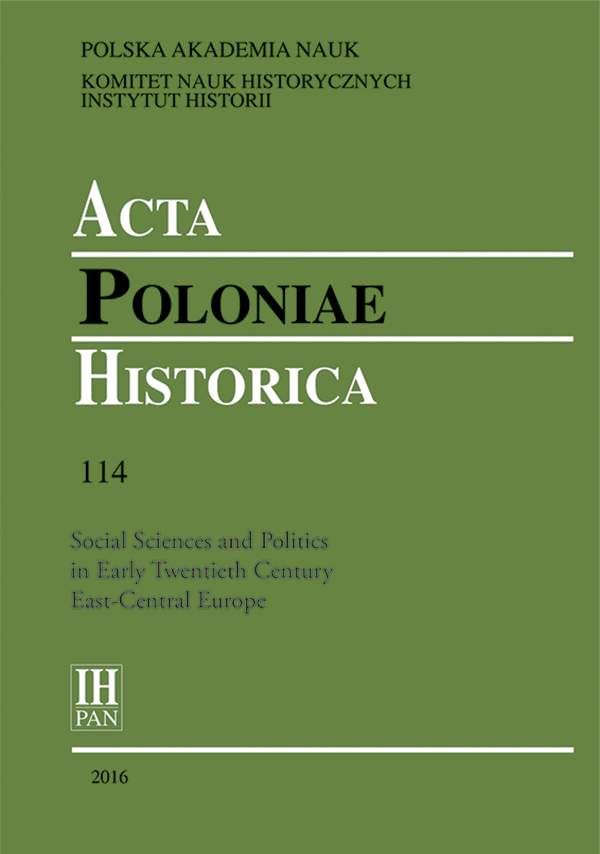National Socialist Architectural Policy in the Occupied Countries of Central and Eastern Europe
National Socialist Architectural Policy in the Occupied Countries of Central and Eastern Europe
Author(s): Richard NěmecSubject(s): History, Cultural history, Comparative history, Political history, Recent History (1900 till today), WW II and following years (1940 - 1949)
Published by: Instytut Historii im. Tadeusza Manteuffla Polskiej Akademii Nauk
Keywords: National Socialist Architectural Policy; Occupied Countries of Central and Eastern Europe
Summary/Abstract: The idea of remodelling Central and East European cities was not new to the first half of the twentieth century. However, under National Socialism it acquired a new quality that converged with the idea of remodelling Europe. The German Reich created in 1933 also unswervingly implemented the Führerprinzip – the leader principle – in the realm of urban planning. The introduction of the law on the remodelling of German cities from 4 October 1937 created the legal foundations for this, setting the future course and technical principles. This decision was implemented not only as domestic policy, but also as a form of propaganda. And this was not just in the German Reich: a similar programme was envisioned for the occupied countries. Albert Speer played a decisive normative role in this process; he was General Building Inspector for Berlin (GBI), but in 1937 also became responsible for other cities. He assessed designs for urban planning and architectural construction submitted by other architects in about four dozen German cities undergoing remodelling. These included building proposals outside Berlin, the subject of the present article. In this way, he became the Nazi regime’s leading urban planner. As such, he acted as an advisor in the occupied countries as well, although he also had authority to take decisions. How did the law on remodelling German cities influence urban planning and architecture in the German Reich as a whole and, as a consequence, in the annexed territories? To what extent were the annexed or occupied territories analysed here affected as a result?
Journal: Acta Poloniae Historica
- Issue Year: 2016
- Issue No: 114
- Page Range: 123-158
- Page Count: 36
- Language: English

